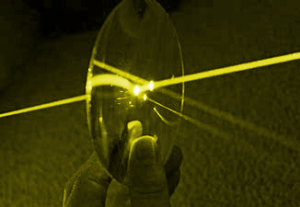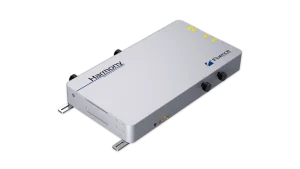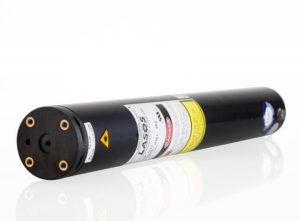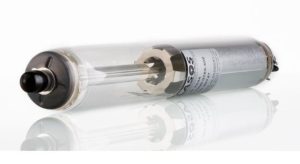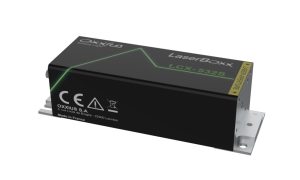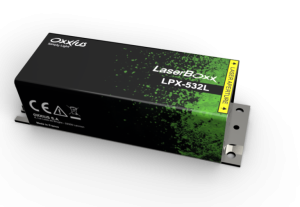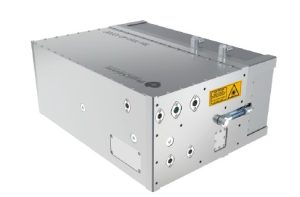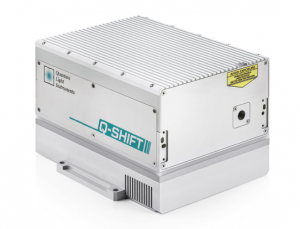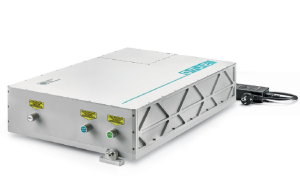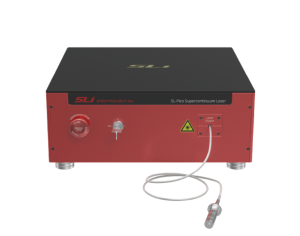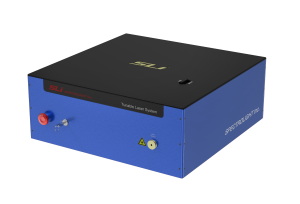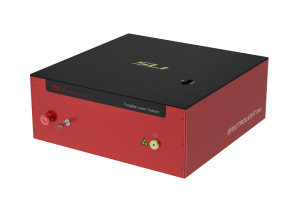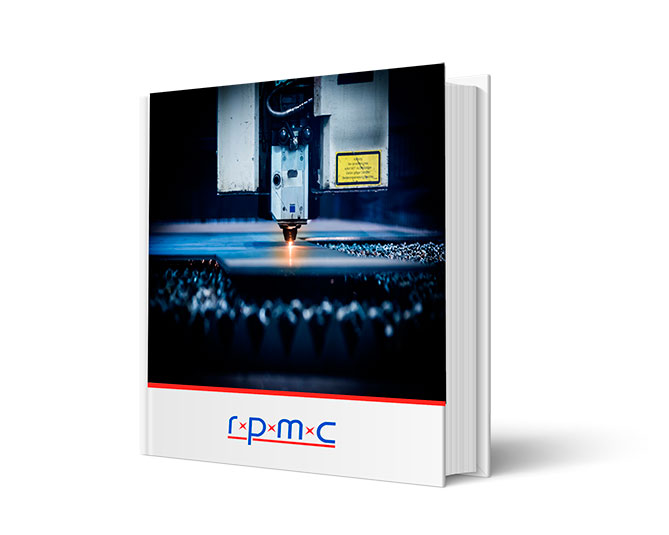The Yellow Lasers We Offer:

Wide Range of Yellow Laser Types & Configurations
-
- High-performance pulsed & CW DPSS, and tunable pulsed lasers are available
- Options for free-space or fiber-coupled output tailored to application needs
- Integration levels from OEM components to complete turnkey systems

Precision Wavelengths & Reliable Output for Demanding Applications
-
- Matured DPSS technology delivering stable yellow wavelengths from 560 to 590nm
- Various power, energy, pulse width & repetition rate options for diverse applications
- Ideal for fluorescence microscopy, DNA sequencing, and other life science research

Optimized for Scientific & Industrial Use
-
- Excellent beam quality and stability for precise targeting in microscopy and spectroscopy
- Enables sensitive detection in fluorescence applications with reliable excitation sources
- Configurable platforms ensure easy integration across scientific and medical devices
For nearly 30 years, RPMC’s selection of Yellow Lasers has set the standard for affordable precision across a wide range of applications, from defense to medical, industrial, and research with 1000’s of successful units in the field. We understand that every application has unique requirements, which is why our configurable platforms are designed to offer the perfect fit for your needs—whether you’re working with fundamental wavelengths, harmonics, or specialty wavelengths. As your partner, we’re here to guide you through the selection process, ensuring that your yellow laser integrates seamlessly into your existing systems. With time-tested technology that balances power and precision, we’re committed to supporting your success every step of the way.

 SHIPS TODAY
SHIPS TODAY 